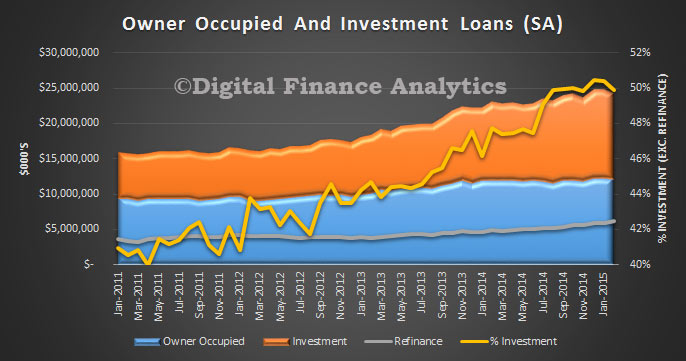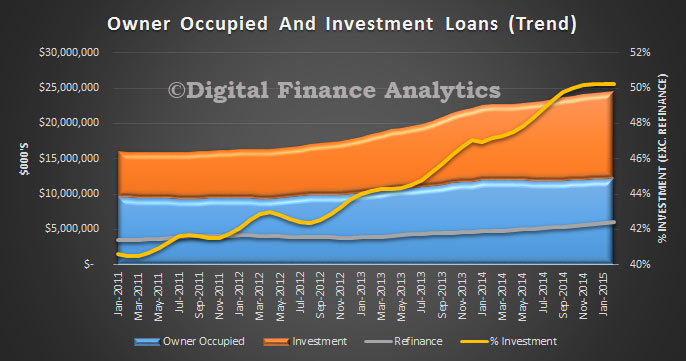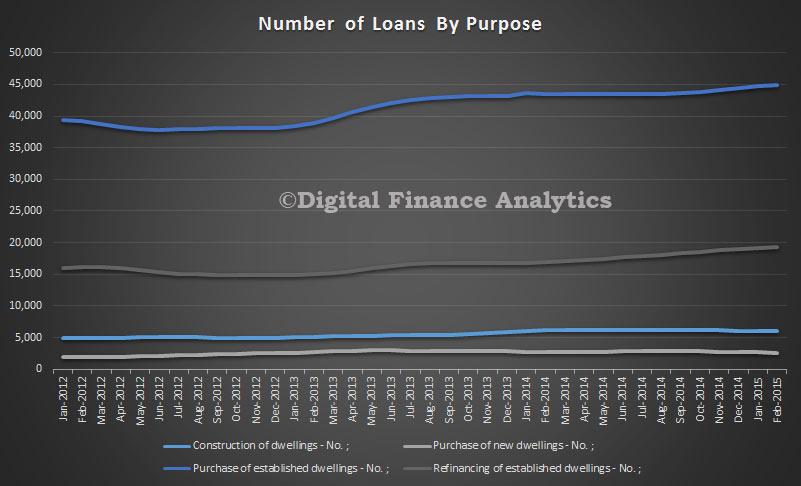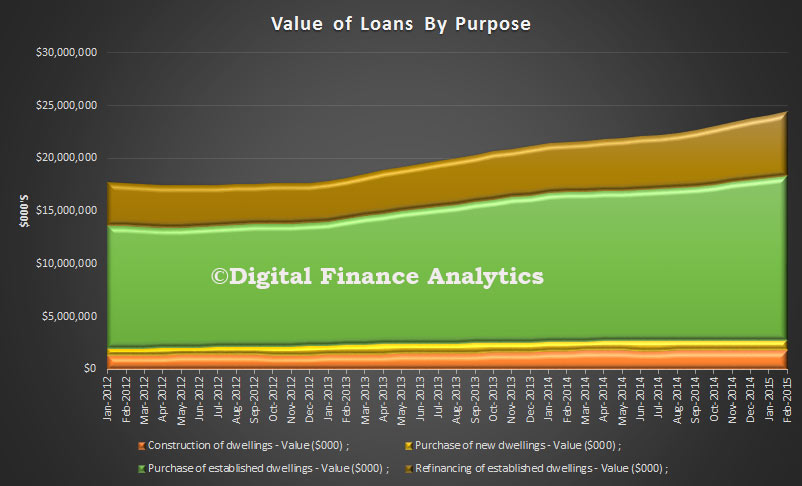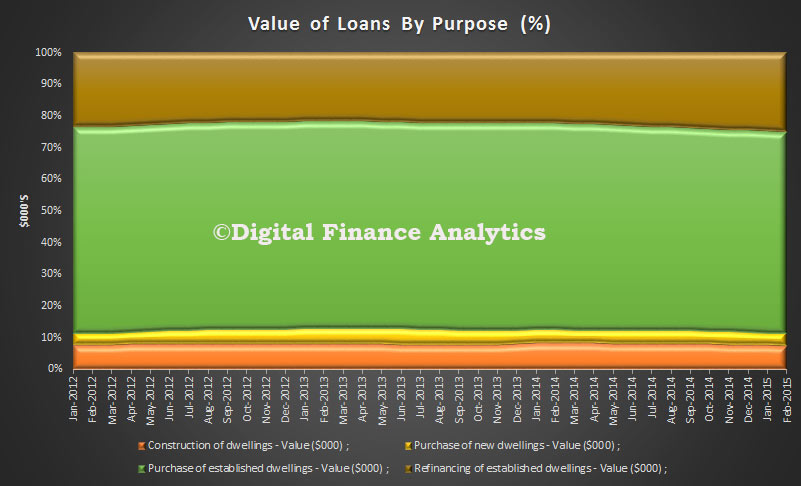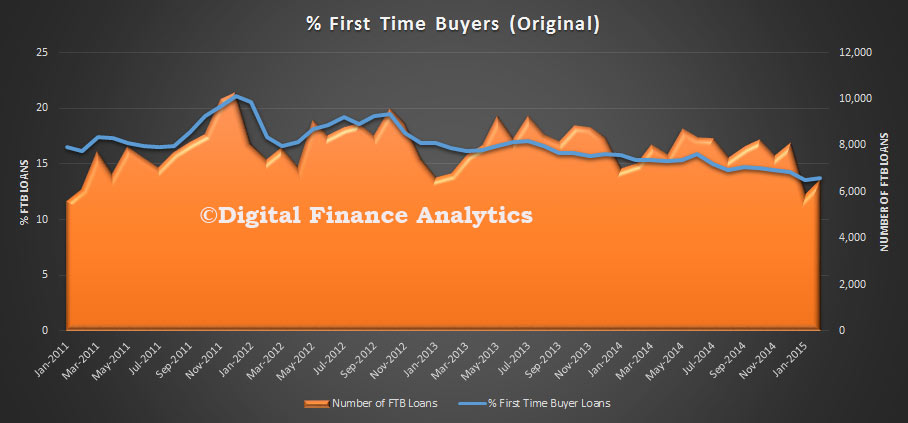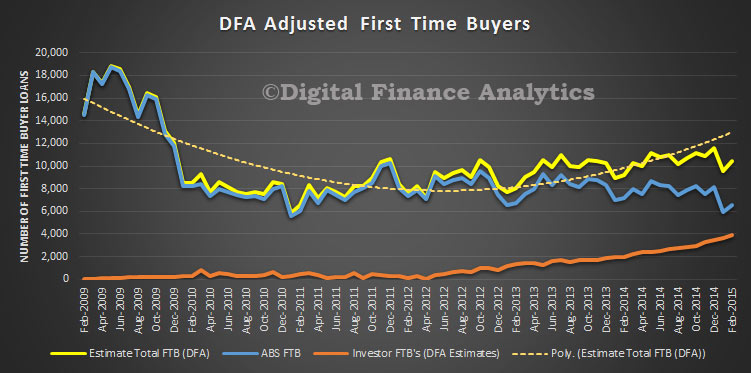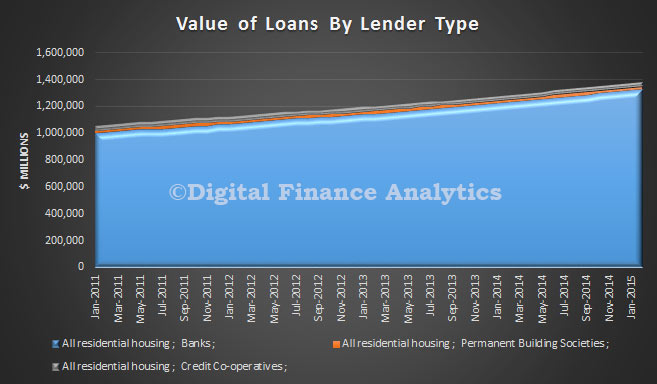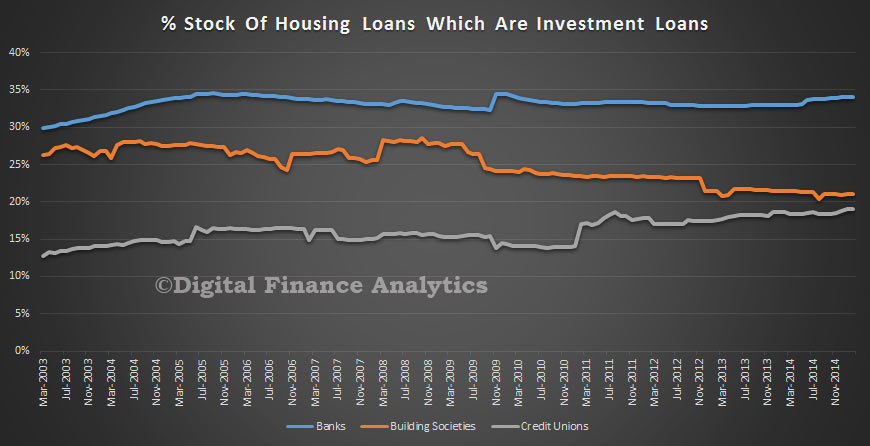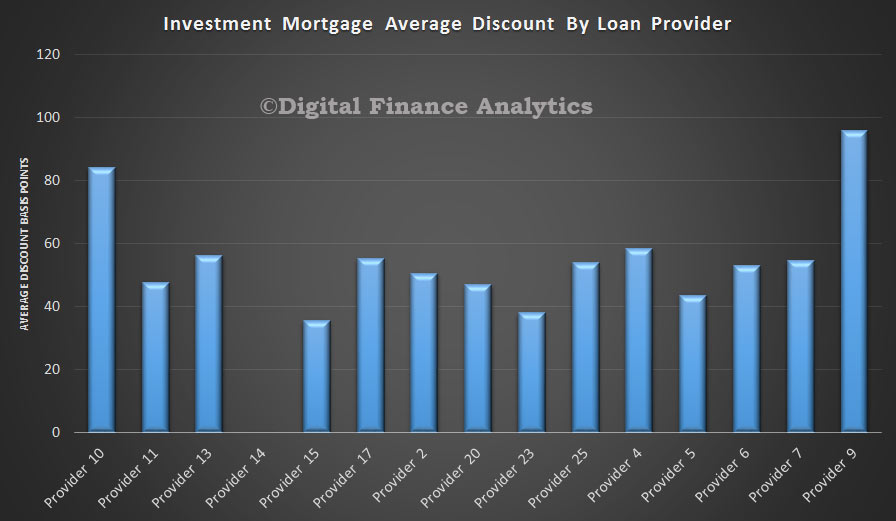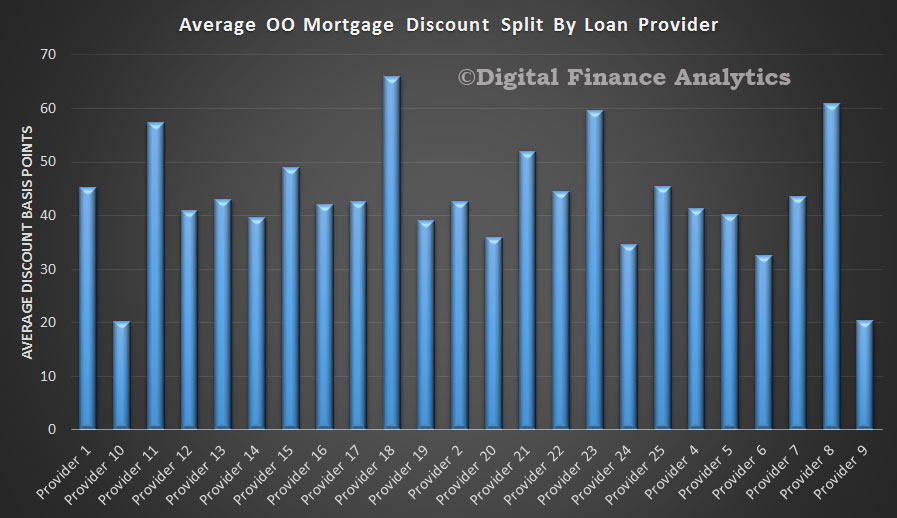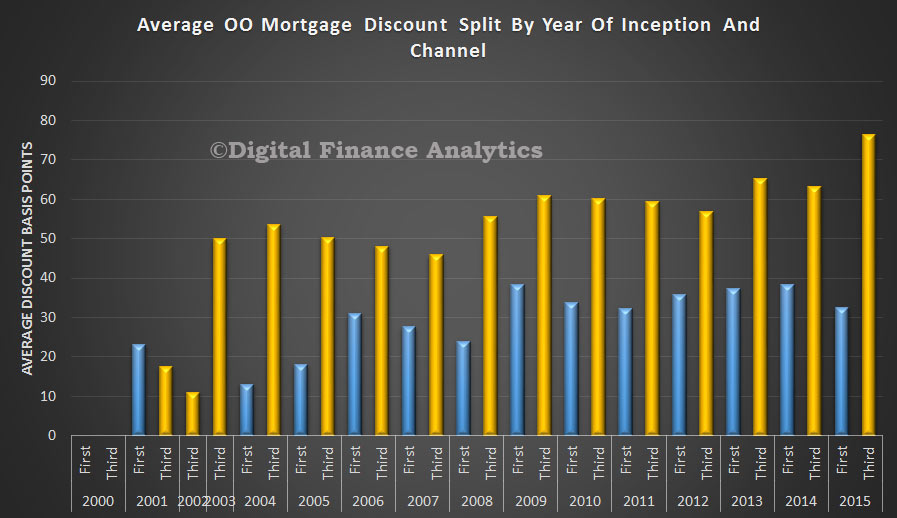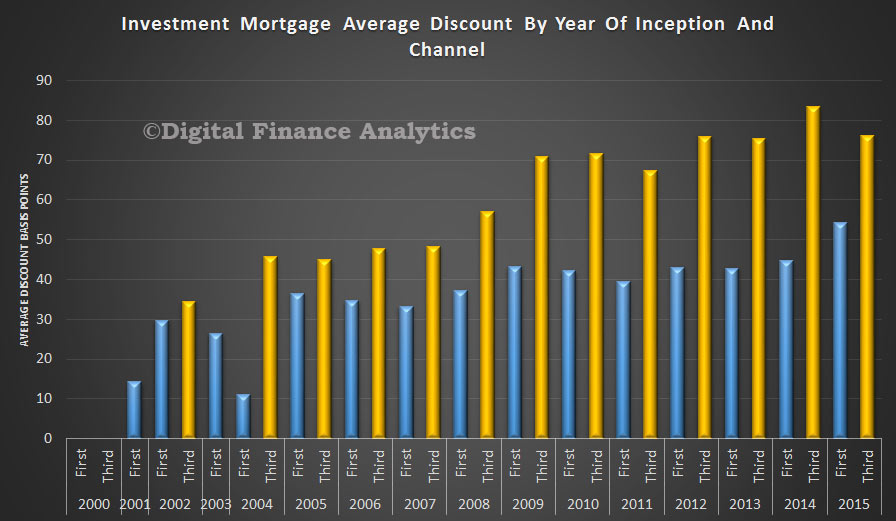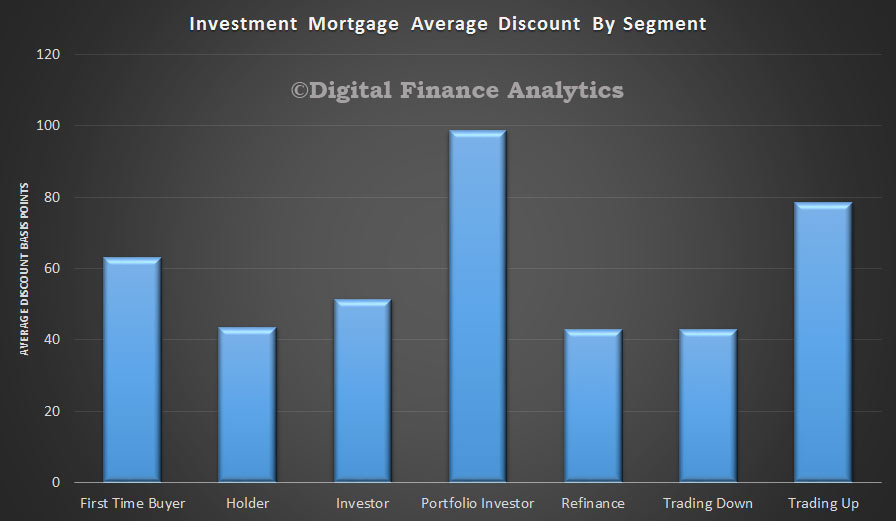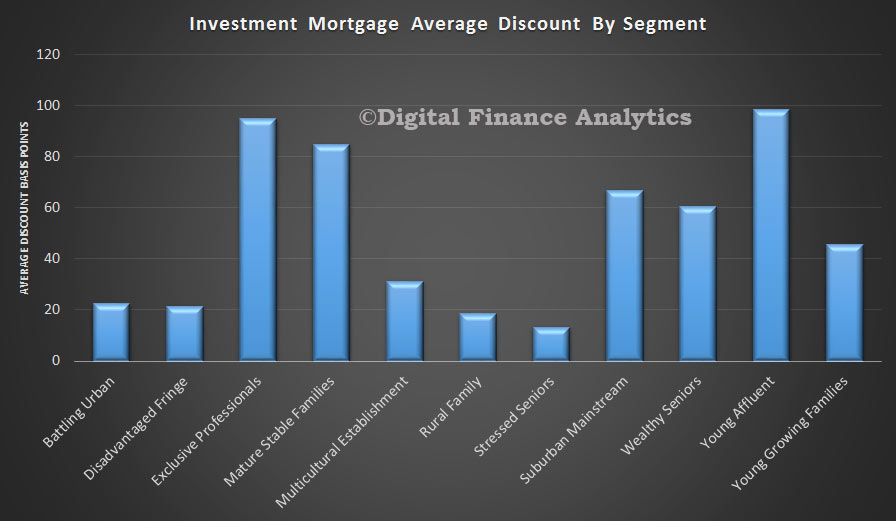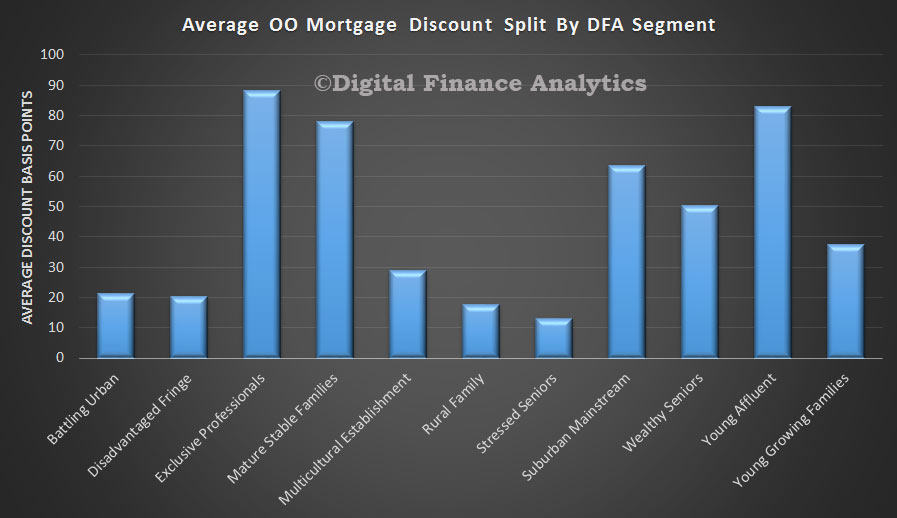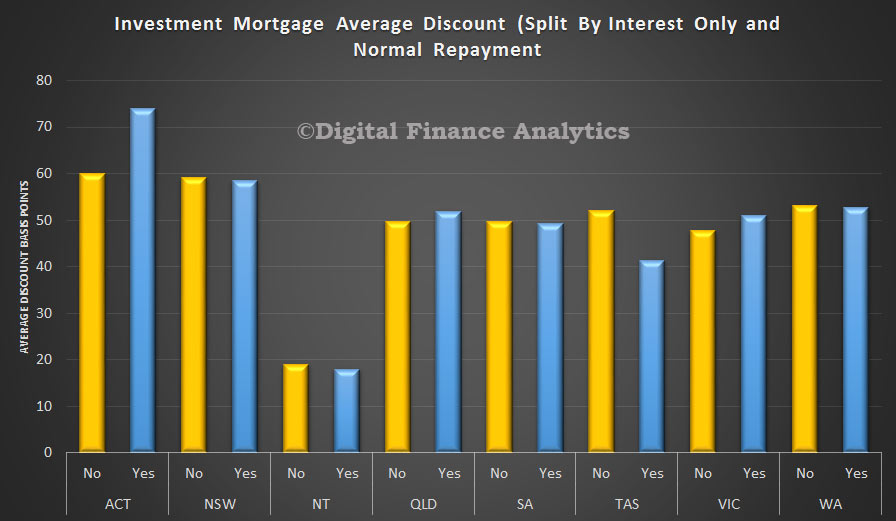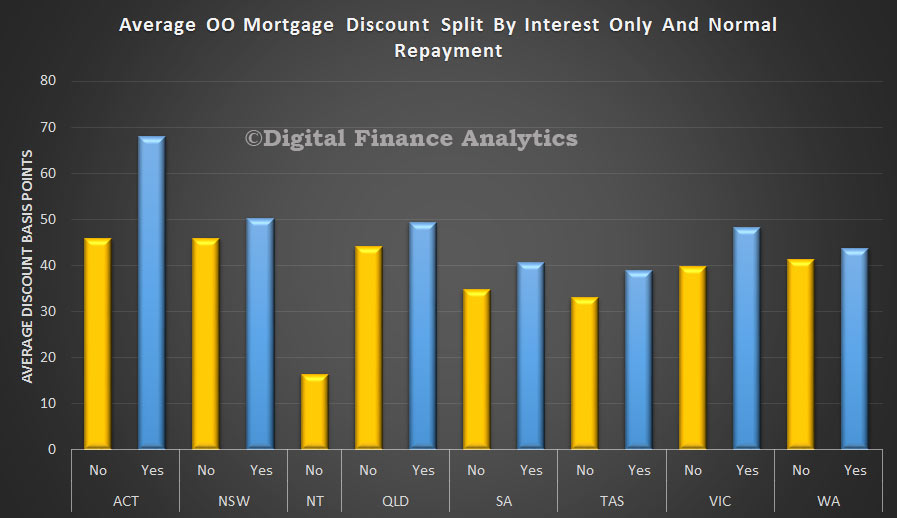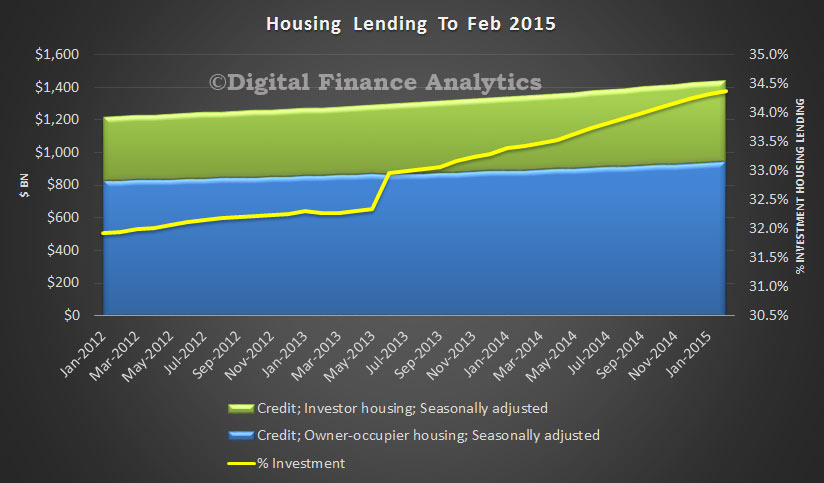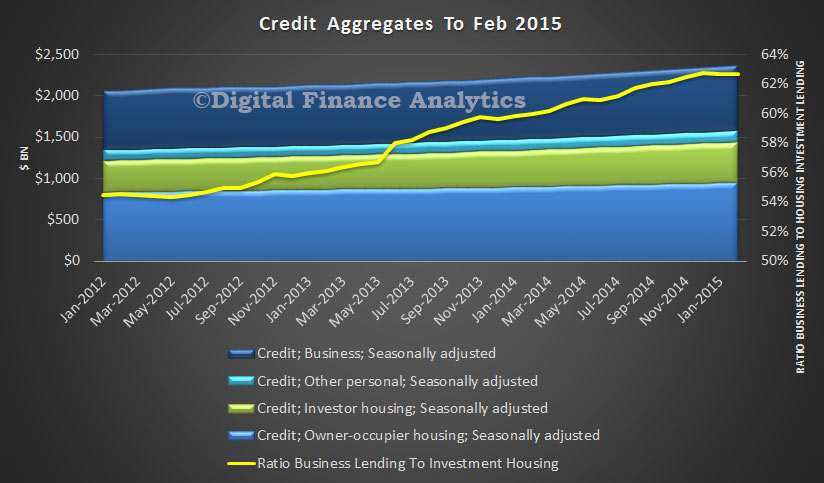Given the buoyant housing market, and the potential risks which are exposed, there has been significant interest in the potential use of macroprudential tools to try and help alleviate the worst excesses. But some question whether they are, in fact, effective. A recent Bank For International Settlements Working paper casts some interesting light on this question. BIS Working Papers No 496 When is macroprudential policy effective? by Chris McDonald of the Monetary and Economic Department was released in late March.
Loan-to-value (LTV) and debt-to-income (DTI) limits have become increasingly popular tools for responding to house price volatility since the global financial crisis. Nonetheless, our understanding of the effects of these policies is uncertain. One aspect not well understood is how their effectiveness varies over the cycle. It is also not clear if the effects of tightening and loosening are symmetric. This paper seeks to address these issues by considering the effects of policy changes at different parts of the housing cycle. Then, controlling for this, I evaluate if the effects of tightening and loosening are symmetric or not.
There are at least two inter-related reasons for using macroprudential policies: (i) to create a buffer (or safety net) so that banks do not suffer overly heavy losses during downturns; and (ii) to restrict the build-up of financial imbalances and thereby reduce the risk of a large correction in house prices. Here I examine the relationship between changes in LTV and DTI limits and the build-up of financial imbalances. There is a growing group of economies that use macroprudential policies to target imbalances in their housing markets in this way. This analysis relies on the experience of these economies: many of which are from Asia, though the results are likely to be relevant to other economies as well.
The literature on the effectiveness of macroprudential policies at taming real estate cycles has grown quickly since the 2008 financial crisis. For a wider discussion on the effectiveness of macroprudential policies, the background papers by the Committee on the Global Financial System (2012) and the International Monetary Fund (2013) provide a good overview. The consensus is that these measures can contain housing credit growth and house price acceleration during the upswing. Kuttner and Shim (2013) estimate the effects of a range of policy changes on housing credit growth and house price inflation across 57 economies. They find that tightening DTI limits reduces housing credit by 4 to 7 percent, while tightening LTV limits reduces housing credit by around 1 percent. Crowe et al (2011) also find evidence that LTV limits prevent the build-up of financial imbalances. They find that the maximum allowable LTV ratio between 2000 and 2007 was positively correlated with the rise in house prices across 21 economies.
By looking at 100 policy adjustments across 17 economies, I find that changes to LTV and DTI limits tend to have bigger effects when credit is expanding quickly andwhen house prices are relatively expensive. Tightening measures (such as lowering the maximum LTV ratio) during upturns lower the level of housing credit over the following year by 4-8 percent and the level of house prices by 6-12 percent.
Conversely, during downturns they reduce housing credit by 2-3 percent and house prices by 2-4 percent. This is consistent with the finding of Classeans et al (2013): that the persistent (or long-run) effects of LTV and DTI limits increase with the intensity of the cycle. Several measures of the housing cycle correlate with the effects of changes to LTV and DTI limits. Stronger credit growth before tightening is associated with bigger effects. While there might be several reasons for this, one explanation is that lending is available to more marginal borrowers during booms. High house-priceto-income ratios are also correlated with bigger tightening effects. Limits on LTV and DTI ratios appear to become more constraining when houses are expensive. This may be an important element for explaining cross-country differences in the effectiveness of macroprudential policies, given that house-price-to-income ratios can differ substantially.
Tightening LTV and DTI limits appears to be more effective than loosening them, as found in past research. In downturns, ie when credit growth is weak and house prices are relatively cheap, tightening reduces the level of housing credit by around 2-3 percent and loosening raises it by 0-3 percent. Given the bounds of uncertainty, these are not that different – consistent with loosening having small effects because it usually occurs during downturns.

